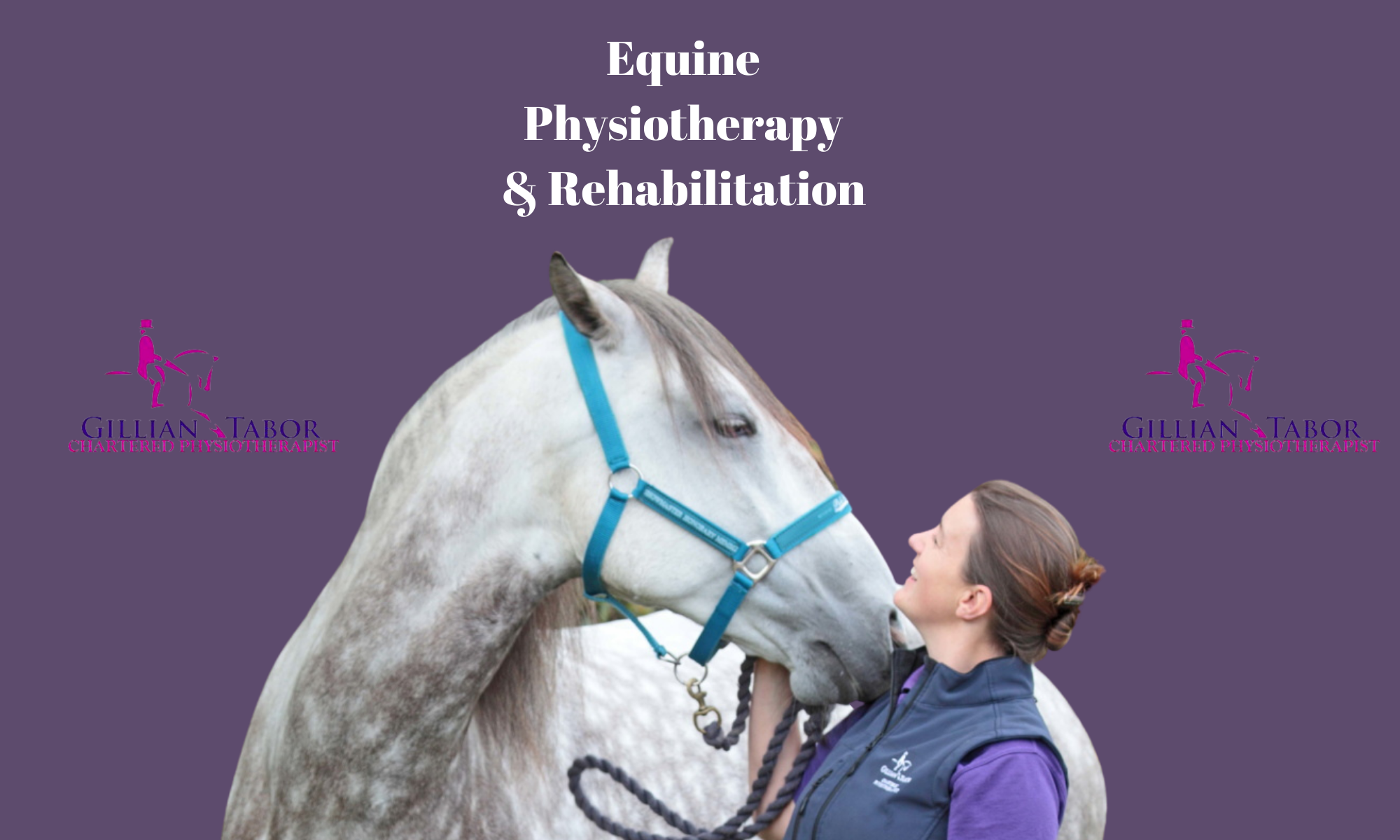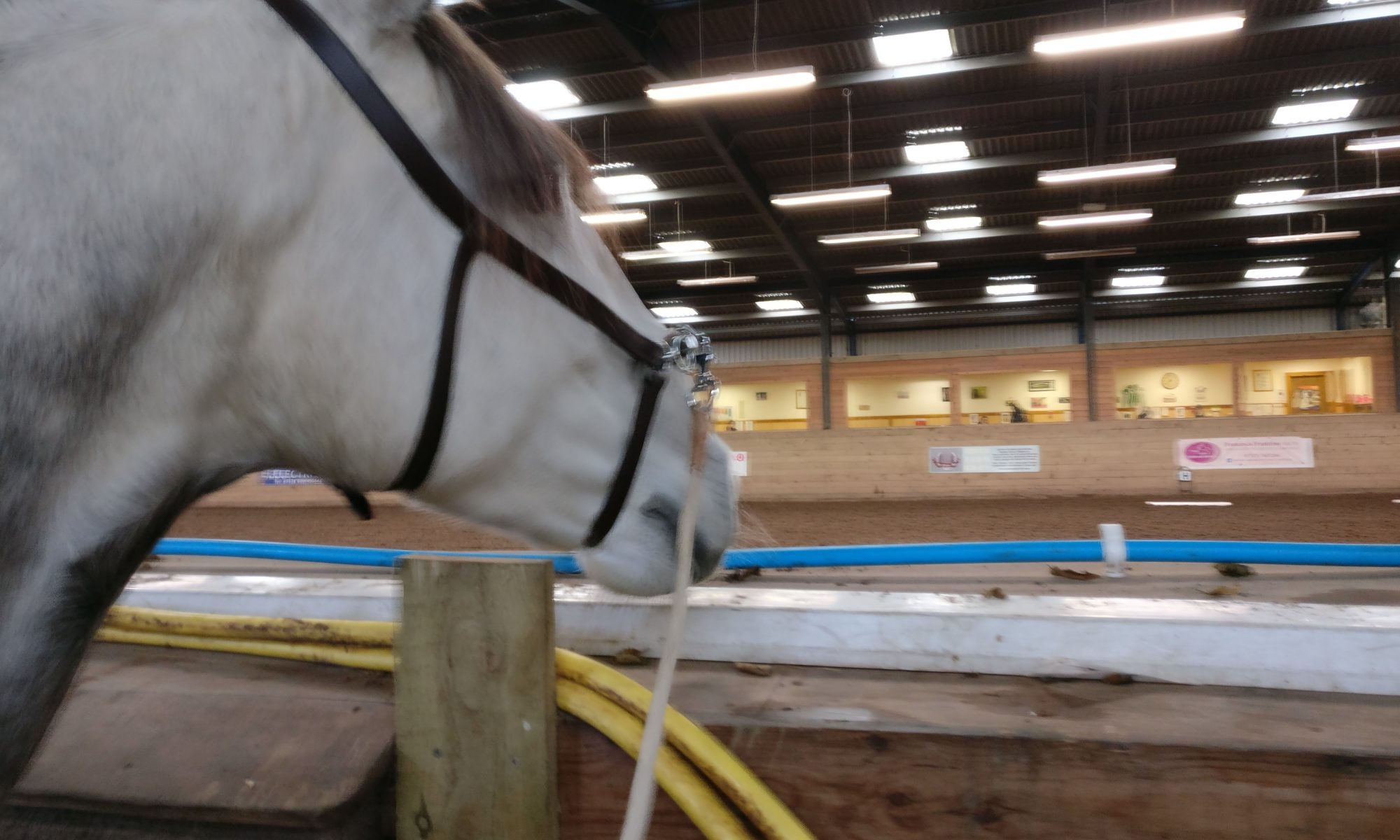As an equine physio I am more than just the back lady!
Did you know that:
Each time I assess a horse I look at its movement. In-hand walk, trot, circles and rein back tell me about how their musculoskeletal system is working and highlights any areas of concern that need more closer inspection. Seeing your horse lunged is preferred too as this changes the way your horse has to move and allows assessment of bend, transitions and canter.
I am looking for asymmetrical movement and therefore lameness. But it is often the subtle differences between left and right that show is where to look when moving on to the next stage of the assessment.
It also gives me a chance to see how your horse moves his body dynamically. This can include visualisation of core stability, muscle strength, power and their training
And did you know that;
Every time I see a horse I use a consistent and structured palpation assessment. My palpation assessment is the process of checking over the parts of your horse that I can get my hands on. I generally start at the front and work head to tail. If the horse will allow I start at the poll, the upper neck and across the jaw, and the front of the head. I can always come back to this region if a horse takes a little while to become confident which my touch. I then work through each of the superficial muscles which are the ones closest to the surface. Whilst I can’t get my hands onto the deep muscles, the ones above them, often give signs of issues in deeper structures. But it’s not just muscles I can feel, there is the connecting tissues such as the fascia, ligaments, tendons and I can feel across the joint lines.
I am looking for the most obvious reaction which would be due to pain but also differences from one area to the next, from one side to the next, and differences to what I would expect, based on the horse in front of me. These differences might be in muscle tone, reaction to touch, size or signs of heat or swelling.
Palpation is just one part of the assessment, alongside assessing how your horse moves both actively during gait assessment and when I move the joints through their range of movement when your horse is stood still
And did you know that:
At each assessment I will check through joint range of motion. Range of motion is how much a joint can move, as well as how easily that movement occurs. We can measure the actual degrees of movement with a tool called a goniometer but this is pretty tricky on a horse. So when I am with a horse I compare the amount of bend in the joints of the legs from left to right for example. I can also compare the lateral flexion of the neck to each side. I can also test how much flexion and extension (lifting and lowering) the main region of the back has.
It is not only the amount of movement but quality of movement both when I move the joints and if I ask the horse to. I am looking to see if there is any stiffness, any restriction or any pain associated with the movement.
I then combine this information with the findings from the gait assessment and palpation assessment to build a picture about your horse
And did you know that:
I have studied and continue to learn more about the principles of horse behaviour. I understand that the instincts of a horse are as a prey species, and this affects the human-horse interaction and training. They have evolved to be survivalists and the potential for behaviour as a consequence of this will be intensified if the horse is in pain or stressed. The horse’s first response to a potentially threatening situation is to attempt to flee. Moving their feet quickly to run away from danger is likely to be limited by the handler and that may mean the next option is the fight response. Flight and fight can be combined and the horse can ‘walk over’ the handler, push them, knock them or mouth and bite them, progressing to kicking or rearing to escape the pressure they are feeling.
A horse in this state will have a raised heart rate, chemicals flooding their body in response to the stress (for instance; adrenaline and cortisol) and an increased circulation to the muscles, ready to flee. The horse’s posture will be altered so that the head and neck are raised and the muscles along the topline will be tense, ready for the movement to escape.
This behaviour, in response to fear or stress, may be the only cause of issues when being ridden or handled, but when in combination with pain, there is a huge overlap between how the signs and symptoms are presented. This is why, during the assessment, I will ask a whole series of questions about the nature of the issue, the history and the behavioural signs shown by your horse.
No matter what I want to, or need to do to your horse, the environment and their handling needs to be calm. Understanding how a horse may react to my presence and intervention influences my approach and choice of treatment. Saying that, I very rarely have a horse react to the extremes as mentioned above. However, even the behaviour of a slightly reactive horse needs to be noticed, acknowledged and managed so we get the best outcome for your horse.
And did you know that:
I have studied the principles of how horses learn. It is important that I know about learning so that I can use techniques to help me carry out my assessment and the person handling the horse, perform the gait assessment I need to see. Horses have a different brain to us but the theories about how they learn and respond to signals or cues are well explored. They can learn by association, for example, the sight (and smell!) of the vet can result in some interesting behaviours but some of my horsey clients have a much more positive response when they recognize what I might be doing with them! They also learn as a result of the consequence to their behaviour. If they flee, without stopping to think about it, from a monster and they survive, they will run next time they think they’ve heard or seen a monster. They learn from positive consequences as well for instance the good feelings from mutual grooming is a nice outcome when being social in a herd situation.
The behaviours that the owner/rider describes to me, about their horse, can be due to learned behaviour. This can be in response to pain, for example the horse learns to avoid a particular activity as this means less pain, this may cause the horse to avoid the activity with an even stronger reaction. This activity could be jumping, or going from trot to canter, or anything that requires you to ask your horse to do anything that may make it hurt. However, this behaviour can continue when the pain has gone, so we have to understand your horse, work out what is driving the behaviour and have a plan about how to modify the behaviour once we are confident there is no pain.
One approach I consider when treating horses is habituation. This is where the response to certain stimuli is reduced or de-sensitised. I may have to de-sensitize the horse to my approach, the techniques or equipment I use. Sometimes I need to stand on a step on the right hand side of the horse. This is often a new situation for the horse, so I need to break the process of my appearing up above the horse on the ‘wrong’ side. Accepting the step, accepting me standing on the step, accepting seeing me above their back, out of their left eye, and accepting me standing in different places to where you would mount or plait the mane, are all markers I need to be sure the horse is comfortable with.
The response to certain behaviours can be conditioned by the consequence that occurs. The traditional manner of training is by pressure and release, whereby the removal of the pressure is the release, and this is termed negative reinforcement. Think about how we lead our horses as well as how we apply leg and also rein aids. These examples use negative reinforcement, which is then how the horse learns. When the pressure is removed ie the leg taken away as soon as the desired movement response occurs, or the ‘pull’ of the rope is reduced, then to the horse it seems that ‘if I do that then this happens’.
I know during treatment that if the horse is standing as asked, it is a good to reward the horse and this I can do with positive reinforcement. A simple scratch at the withers is a nice option or piece of food. Carrot stretches are a great example of positive reinforcement, so long as the choice of treat is favoured!
When prescribing exercises I am experienced, with a number of different horses, ages, breeds and levels of training. This means it is good for me to know how to teach a horse so I can provide practical advice. I am always happy to work with you and teach both you and your horse how best to do the exercises and what a good version of the exercises looks like.
So there you are, the many aspects of a Vet Physio!
I’m more than just a back lady!
If you would like to have a chat about how I can help you and your horse, please do get in touch


